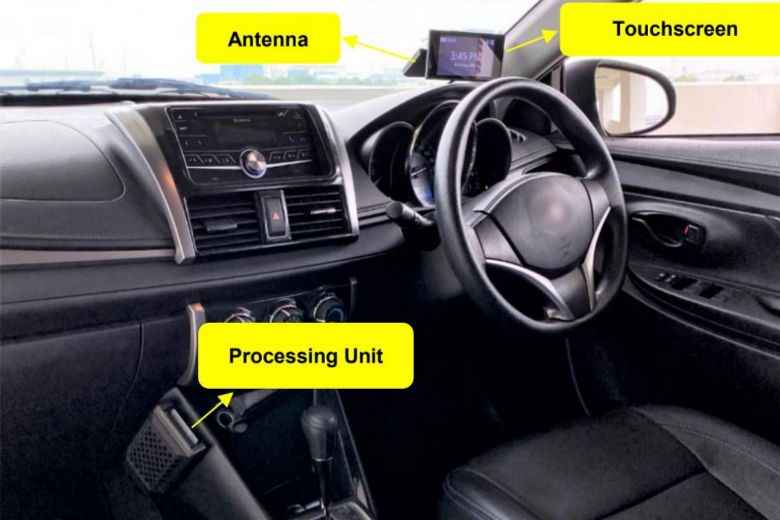I read about the new 3-piece next generation ERP unit and must say I was a little bit disappointed. I applaud Transport Minister On Ye Kung for openly sharing the decision making process that lead to this design.
As an auto enthusiast, I’ve had my fair share of IU unit failures and also personally installed various in-car accessories such as cameras, GPS, bluetooth, etc.
I believe LTA has an expert panel, but I hope some of my opinions here can persuade the Transport Ministry to reconsider the following:
Processing unit location
The photo shows the unit installed on the passenger side and I certainly hope this will not be the case. It should be located under the driver’s dashboard.
While I think it is a good idea to reduce heat by relocating the processing unit in the car, the amount of effort required to install a device across the center console can sometimes be tremendous – especially in modern cars where there’s so much equipment and cabling already in the car.
If contractors do not wire it carefully, the wires can be tucked through areas where there may be sharp edges (e.g. metal brackets that hold the dashboard) which may lead to abrasion and eventually a wire breakage, or worse a short-circuit after years of heat and vibration.
Also an important consideration would be cable entanglement during dashboard removal which is sometimes necessary for air-con repairs. I have seen (existing) IU wires running across from the left to the right because the power is tapped from a fusebox located on the passenger side. In situations like these, wire breakage can happen when the dashboard is removed. Luckily the existing IU uses a simple two-wire 12V DC supply. If the new ones contain a data cable (for the antenna + display), it may require a full cable replacement.
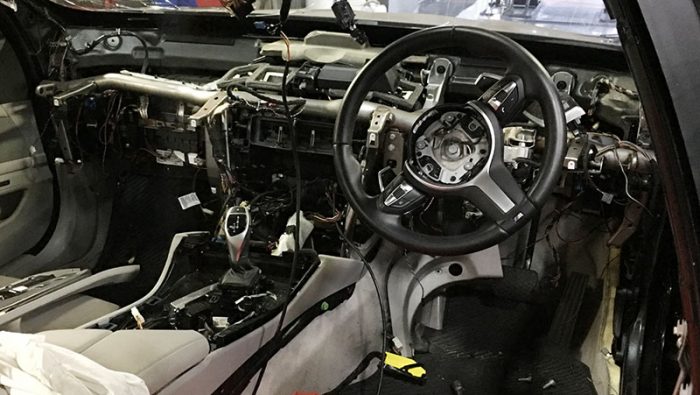
Adapter to fit Japanese vehicles that have ETC
LTA should also consider making the in-car processing unit conform to, or be available with an adapter that may be compatible with Japanese Domestic Market vehicles with a built-in ETC device so it can be tucked away neatly in the space designed.
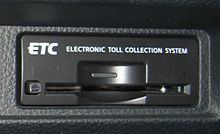
It is also worth noting the small size of the 2-piece Japanese ETC 2.0 units.
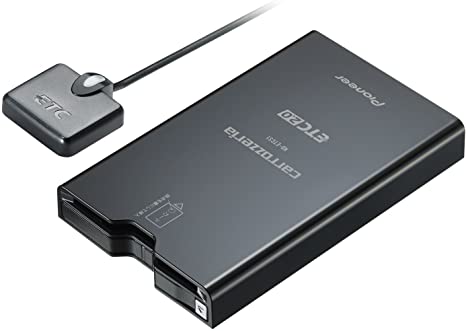
No touchscreen please
I certainly do not encourage adding any more touch devices to distract drivers – especially taxi/private hire drivers. The automotive industry has moved away from touch to voice-control or gesture-control, and I would hope that LTA reinstate the static display – similar to that of the bike.
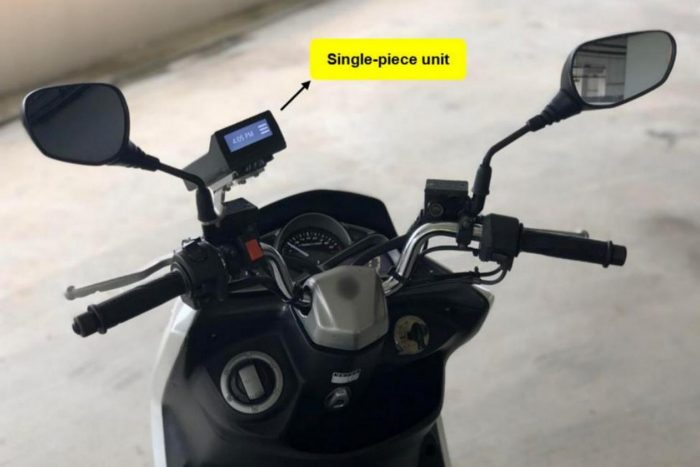
No screen! Use Bluetooth + App!
In fact, It would be a step up if the UI could be directly paired with a smartphone for the functions required and completely rely on a smartphone app. Similar to Parking.sg, wouldn’t it be awesome if I can top up and check my IU balance from my phone?
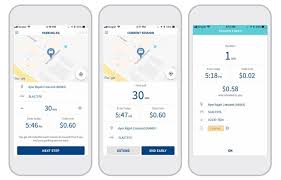
If it can be app-enabled, then the screen can be made a removable or optional device. Simply unplug it, leaving the antenna.
Minister Ong’s remark on smartphone: “there will be operational issues like battery running out, forgetting to bring smartphones, etc.” is also not quite valid, since most of us would have been able to charge our smartphone in our vehicles, but regardless, the IU should not be dependent on the smartphone, or vice-versa. The smartphone simply gives us access to more information where required. This is similar to many in-car cameras, where there are no displays and all actions are performed through an app.
I understand there can be contractual obligations but if LTA can just get it right, we won’t have to go through ERP v4.0 in another 5-10 years. It’s a massive operation, and grandfathering bad designs can take a long, long time.
